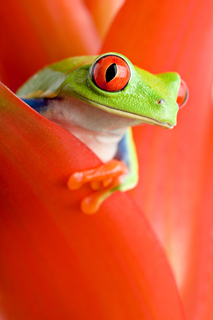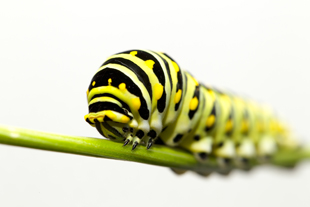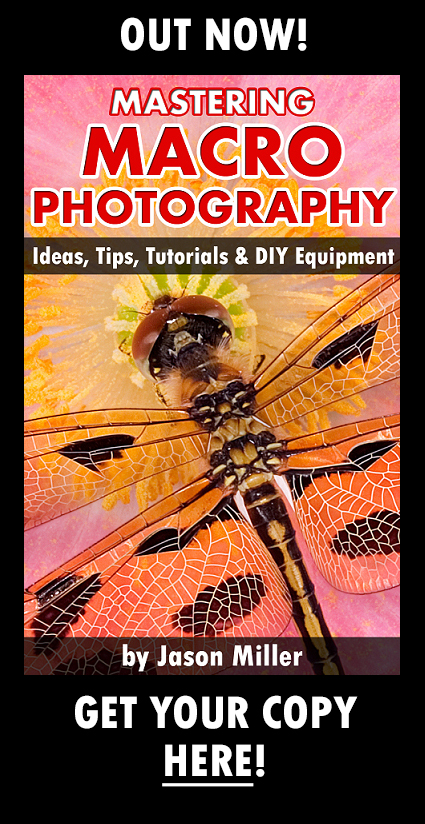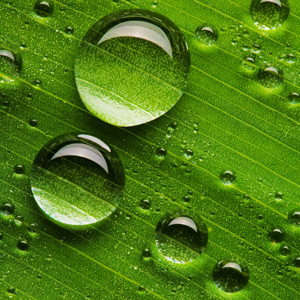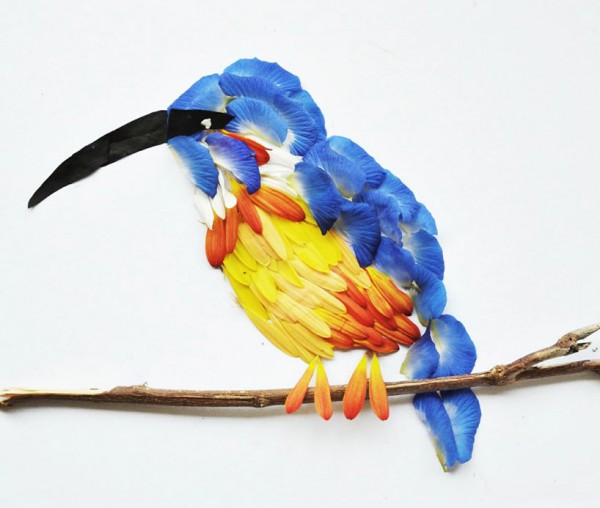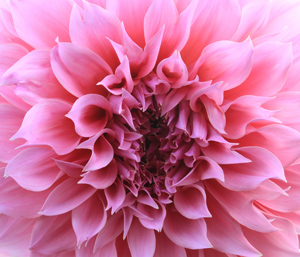Macro Photography – What Is Focus Stacking?
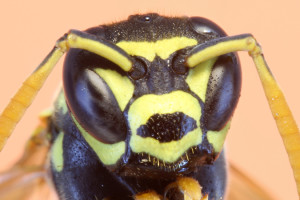
Macro Photography – Focus Stacking (7 stack, f16, ISO 200)
Focus stacking is a technique commonly used in macro photography to improve the depth of field of your subjects. Focus stacking involves taking multiple photographs of your subject at different focal distances and then combining these photographs into a single photo. For example, when photographing a bee, three photos could be taken – the first photo focused on the head of the bee, the second photo focused on the body of the bee and the last photo focused onto the back of the bee. If we looked at each of the photo individually, only one part of the bee would be in focus due to the shallow depth of field. However, through the use of a focus stacking computer software, these photographs can then be processed and combined into one clear, in focus and very detailed photograph.
Why use focus stacking in macro photography?
Have you ever noticed areas in your photos that are soft and out of focus? This is often caused by shallow depth of field and is a very common occurrence in macro photography. The good news is… There is a way to get around this. That is of course through the use of focus stacking! By using the focusing stacking technique, you can now achieve the in focus and detailed photograph that you have been dreaming of!
Before Focus Stacking:
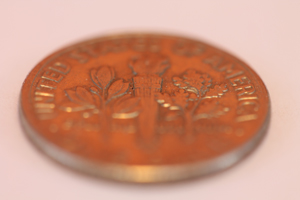
A single shot of a coin before focus stacking. Notice the out of focus areas on this coin as a result of the shallow depth of field.
After Focus Stacking:
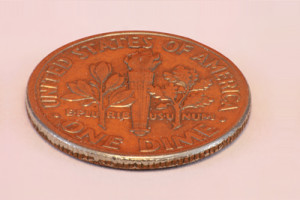
After focus stacking – This final image is created from 22 stacked photos. Notice how sharp and in focus the coin is.
As you can see, focus stacking can be very useful. However, there may be times when you don’t want a totally in focus photo for creative reasons. The choice is yours!
Focus Stacking – Indoors VS Outdoors
Focus stacking is a technique that can be used indoors as well as outdoors. However, the majority of photographers would prefer to work indoors within a controlled environment that is more predictable. Most indoor focus stacking is done in a small studio, with’ non moving’ subjects.
Outdoor focus stacking requires a different skill set and is usually more challenging as your subject may move on you. When using focus stacking on subjects in an outdoor setting, it is recommended that you set your aperture high so that you can achieve greater depth of field. After taking the first shot move your body ever so slightly forward to take another and if you are lucky, you might get two or three shots before your subject disappears on you!
There is no doubt that this can be very difficult and will require a lot of perseverance from your end. More than often you will be met with failure… So practice is a must! However, to give you more chance of success, you might want to opt for a very good tripod, a focusing rail and a remote shutter release for flowers and very patient insects.
What Equipment Is Typically Used For Focus Stacking?
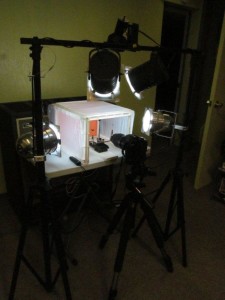
Macro Photography – An Example Of A Focus Stacking Setup
- Camera and macro lens
- A good high end tripod
- Light Tent/Box (to diffuse light)
- Good lighting (I use three corkscrew 100 watt fluorescents, in three clamp on fixtures. If you do not have access to one, you can use a good flash or strobe with diffuser.)
- A stage and a specimen holder (if doing indoors focus stacking)- You can get these ‘Helping Hands’ at Amazon at reasonable prices
- Focusing rails – Check out the range of focusing rails over at Amazon here
- Wired or remote shutter release
- Focus stacking software (recommendations below)
What Are These Equipment?
There are several specific photography equipment that were listed above which you may not be familiar with. They include the following –
1. Light Tent/Box
The purpose of the light tent / box is to provide a controlled environment where you can place your subject into so that it can be lit up by soft, diffused and even lighting. These light tents / boxes can be easily created – often cheaply or even free (depending on what is around in your home). The Seeing In Macro HQ DIY light tent is made out of a large cardboard box (not the one in the photo). Alternatively, these light tents / boxes can be purchased in varying sizes.
2. Focusing Rails
What is a focusing rail? A focusing rail mounts to bottom of the camera so that we can move the camera forwards or backwards in very small increments without disturbing the framing of the subject. This will make it easier for our stacking software to combine the photos.
Below is a photo of a very low cost focusing rail. This rail works for low count stacks, but I would recommend you get something with more precise controls, and something that is much more accurate!
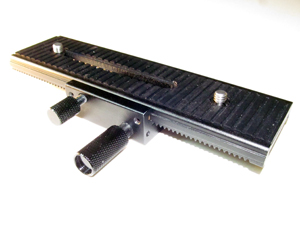
Macro Photography – A Budget Focusing Rail
3. Stage & Specimen Holder
The stage and specimen holder is essentially a tool that will help you hold your subject in place so that it can be photographed. There are a number of tools you can use, but I use a tool that is commonly used in soldering – ‘Soldering Helping Hands’. You can find more information about them over at Amazon
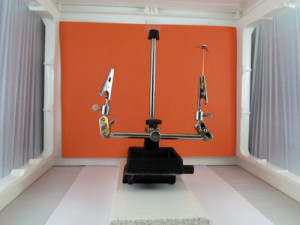
Macro Photography – Focus Stacking and Specimen Holder Setup
Focus stacking can be done by anyone (even beginners). After you complete your first focus stack photo, you will be amazed by the quality and sharpness! A friendly word of warning, you may be so obsessed by the goal of wanting to see very small things clearly and close up that you might go to great lengths to achieve it – such as taking over 100 photos of the subject to focus stack!
We hope that you have found this article on focus stacking to be helpful. If you enjoyed it, please leave us a comment or press LIKE on the top left of the page. Don’t forget to also check out our Focus Stacking tutorial.
Recommended reading –
——————————————————————————————————————————————————–
Authors: Eric Vettling & Seeing In Macro, May 2013
A big thank you to our ‘Seeing In Macro’ fan, Eric Vettling for sharing his focus stacking knowledge with the ‘Seeing In Macro’ community.
If you would like to contribute and share your macro photography story or a specific macro photography technique/tip please let us know by contacting us via Email (through ‘Contact Us’ at the bottom of the page) or send us a message through Facebook at facebook.com/seeinginmacro. We would love to hear from you!
——————————————————————————————————————————————————–

